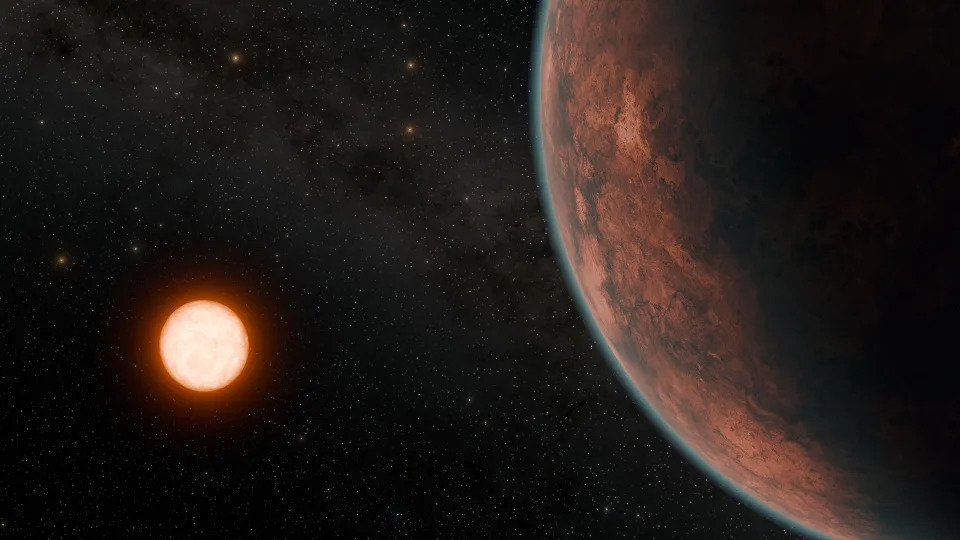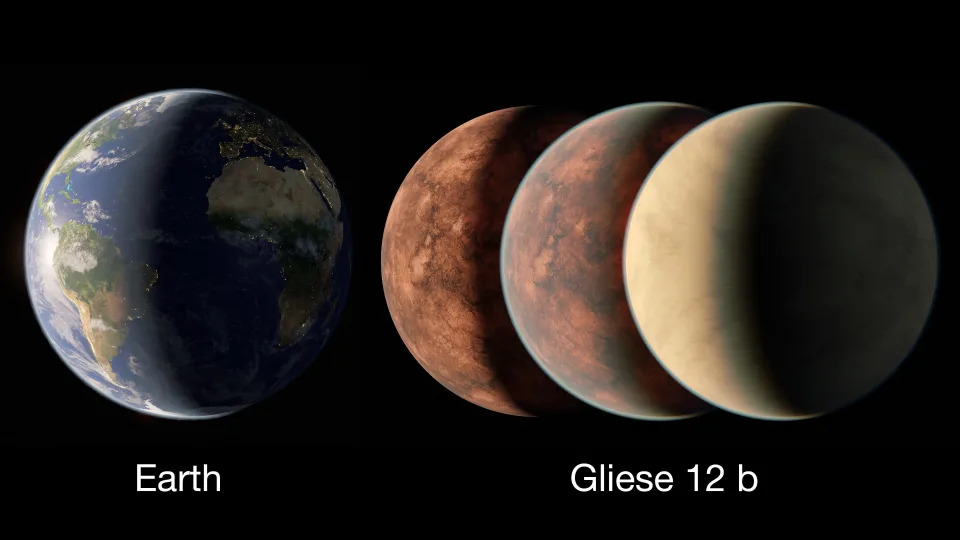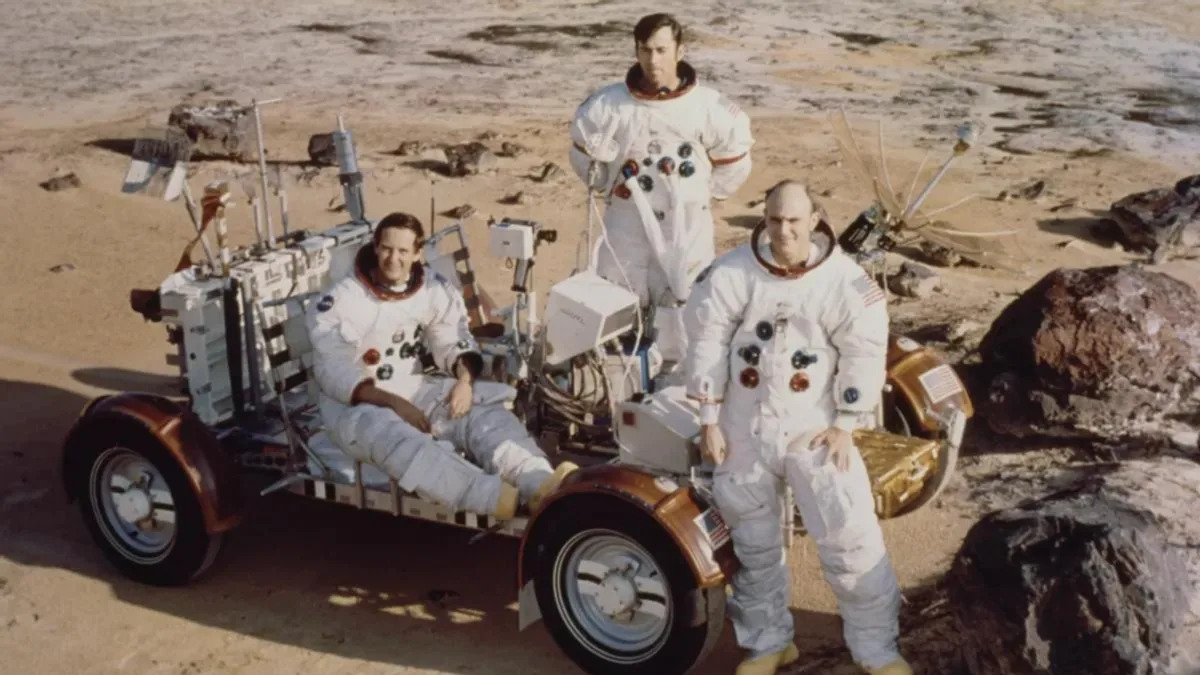Chinese Spaceplane Releases Mysterious Object in Orbit Months After Launch

China’s Long March rocket was used to launch the spaceplane to orbit on December 14, 2023.
China’s curious spaceplane is at it again, releasing an unidentified object into orbit that could signal the end of its mysterious mission.
The U.S. Space Force is currently tracking the mystery object, which the reusable spaceplane appears to have released on May 24 at around 3 p.m. ET, Jonathan McDowell, astrophysicist at the Harvard-Smithsonian Center for Astrophysics, noted on X. “This object could be a subsatellite deployment, or it could be a piece of hardware ejected prior to end of mission and deorbit (the spaceplane’s first flight did something similar)“ he wrote. “Will be interesting to see if the plane maneuvers or lands soon.”
The spaceplane launched on December 14 on board a Long March 2F carrier rocket, which took off from the Jiuquan Launch Center in China. Shortly afterward, the vehicle deployed six objects into orbit, which appeared to be emitting various signals. The recent unidentified object, as McDowell suggests, could mean that the spaceplane is getting ready to land soon after 164 days in orbit.
China’s spaceplane is a product of the China Academy of Launch Vehicle Technology, a state-owned manufacturer that makes both civilian and military space launch vehicles. The spaceplane’s inaugural flight took place in 2020, when it stayed in orbit for only two days before landing back on Earth. For its second time in orbit, the spaceplane launched in August 2022 and spent 276 days in Earth’s orbit.
During its previous missions, the spaceplane has released other mysterious objects into orbit without identifying their purpose. Overall, China has kept the development of a reusable spaceplane under wraps, sharing little information about its precious vehicle.
AfriPrime App link: Absolutely risk free and FREE for download...
https://www.amazon.com/Africircle-AfriPrime/dp/B0D2M3F2JT
“After operating in orbit for a period of time, the experimental spacecraft will return to the designated landing site in China,” China’s state media outlet Xinhuanet wrote. “During this period, it will carry out reusable technology verification and space science experiments as planned, providing technical support for the peaceful use of space.”
As the name suggests, spaceplanes are airplane-spacecraft hybrids that are launched into space by rockets, functioning as orbiting spacecraft once in space and then operating like regular aircraft in Earth’s atmosphere. If proven successful, spaceplanes could become valuable reusable spacecraft, meeting the growing demand for satellite launches and other missions needing transportation to space. Similarly, the U.S. Space Force has its own spaceplane; the Boeing X-37. The U.S. Space Force launched the X-37B aboard a SpaceX Falcon Heavy rocket on December 28 for its seventh mission.
For more spaceflight in your life, follow us on X and bookmark Gizmodo’s dedicated Spaceflight page.
AfriPrime App link: Absolutely risk free and FREE for download...
https://www.amazon.com/Africircle-AfriPrime/dp/B0D2M3F2JT
Fact Check: There's More to an Image Allegedly Showing Astronauts Not Wearing Helmets on the Moon Than Meets the Eye
Claim:
A photograph showing a group of astronauts without their helmets on indicates that the moon landings were staged.
Rating:
For years, claims have spread across social media that a photo supposedly showing three astronauts not wearing helmets on the moon meant the moon landings were staged.
A TikTok post from May 2024 showed the photo in question. The caption read, "A rare photo of the 3 astronauts on the moon breathing fresh air without their helmets."
We found the image posted on other social media platforms, like X and Facebook.
We previously wrote about this image in 2017, when we found it was real. The image was posted on both Getty Images' and Flickr's websites. According to a fact-check from news agency Agence France-Presse, it was taken at Kennedy Space Center, which is located in Florida — not the moon.
The caption for the image on Getty Images read:
Apollo 16 astronauts (L-R) Charles M Duke, John W Young, and Thomas K Mattingly II take a break during a training exercise in preparation for the Lunar Landing mission, US, 6th February 1972. Duke is the Lunar Module pilot, Mattingly the Command Module pilot, and Young the Commander on the Flight scheduled to lift off April 16th.
Those three astronauts landed on the surface of the moon on April 21, 1972. When they reached the moon, they wore their helmets.
We've previously fact-checked other claims that allegedly prove the moon landings were fake, like a false claim that Stanley Kubrick directed the Apollo 11 moon landing in 1969.
AfriPrime App link: Absolutely risk free and FREE for download...
https://www.amazon.com/Africircle-AfriPrime/dp/B0D2M3F2JT
NASA discovers potentially habitable exoplanet 40 light years from Earth
NASA announced the discovery of a planet 40 light years from Earth that orbits every 12.8 days and is possibly even habitable.
Gliese 12 b is a "super Earth exoplanet" that is nearly the same size as Earth or slightly smaller, according to a NASA news release. Exoplanets are planets outside of our solar system, NASA's website says.
“We’ve found the nearest, transiting, temperate, Earth-size world located to date,” Masayuki Kuzuhara, a project assistant professor at the Astrobiology Center in Tokyo, said in a statement. “Although we don’t yet know whether it possesses an atmosphere, we’ve been thinking of it as an exo-Venus, with similar size and energy received from its star as our planetary neighbor in the solar system.”
The planet orbits a so-called cool red dwarf star called Gliese 12, according to NASA. Gliese 12 is only about 27% of the sun’s size, with about 60% of the sun’s surface temperature, NASA said.
Under the assumption that the planet has no atmosphere, NASA astronomers believe it has a surface temperature around 107 degrees Fahrenheit.
AfriPrime App link: Absolutely risk free and FREE for download...
https://www.amazon.com/Africircle-AfriPrime/dp/B0D2M3F2JT

Red dwarf stars could be key to finding Earth-size planets
The extremely small sizes and masses of red dwarf stars make them ideal for finding Earth-size planets, according to NASA.
"A smaller star means greater dimming for each transit, and a lower mass means an orbiting planet can produce a greater wobble, known as 'reflex motion,' of the star," the agency said. "These effects make smaller planets easier to detect."
The "lower luminosities of red dwarf stars also make it easier to determine if the planets that orbit them are habitable and have liquid water on their surfaces, according to NASA.
NASA researchers 'need more examples like Gliese 12 b'
The distance separating Gliese 12 and Gliese 12 b is just 7% of the distance between Earth and the sun, NASA said. The planet receives 1.6 times more energy from its star than Earth does from the sun.
“Gliese 12 b represents one of the best targets to study whether Earth-size planets orbiting cool stars can retain their atmospheres, a crucial step to advance our understanding of habitability on planets across our galaxy,” Shishir Dholakia, a doctoral student at the Centre for Astrophysics at the University of Southern Queensland in Australia, said in a statement.

Researchers intend to study Gliese 12 b and other similar planets because they could help "unlock some aspects" of our solar system’s evolution, according to NASA.
“We know of only a handful of temperate planets similar to Earth that are both close enough to us and meet other criteria needed for this kind of study, called transmission spectroscopy, using current facilities,” Michael McElwain, a research astrophysicist at NASA’s Goddard Space Flight Center in Greenbelt, Maryland, said in a statement. “To better understand the diversity of atmospheres and evolutionary outcomes for these planets, we need more examples like Gliese 12 b.”
AfriPrime App link: Absolutely risk free and FREE for download...
- Questions and Answers
- Opinion
- Story/Motivational/Inspiring
- Technology
- Art
- Causes
- Crafts
- Dance
- Drinks
- Film/Movie
- Fitness
- Food
- Games
- Gardening
- Health
- Home
- Literature
- Music
- Networking
- Other
- Party
- Religion
- Shopping
- Sports
- Theater
- Wellness
- News
- Culture
- War machines and policy




